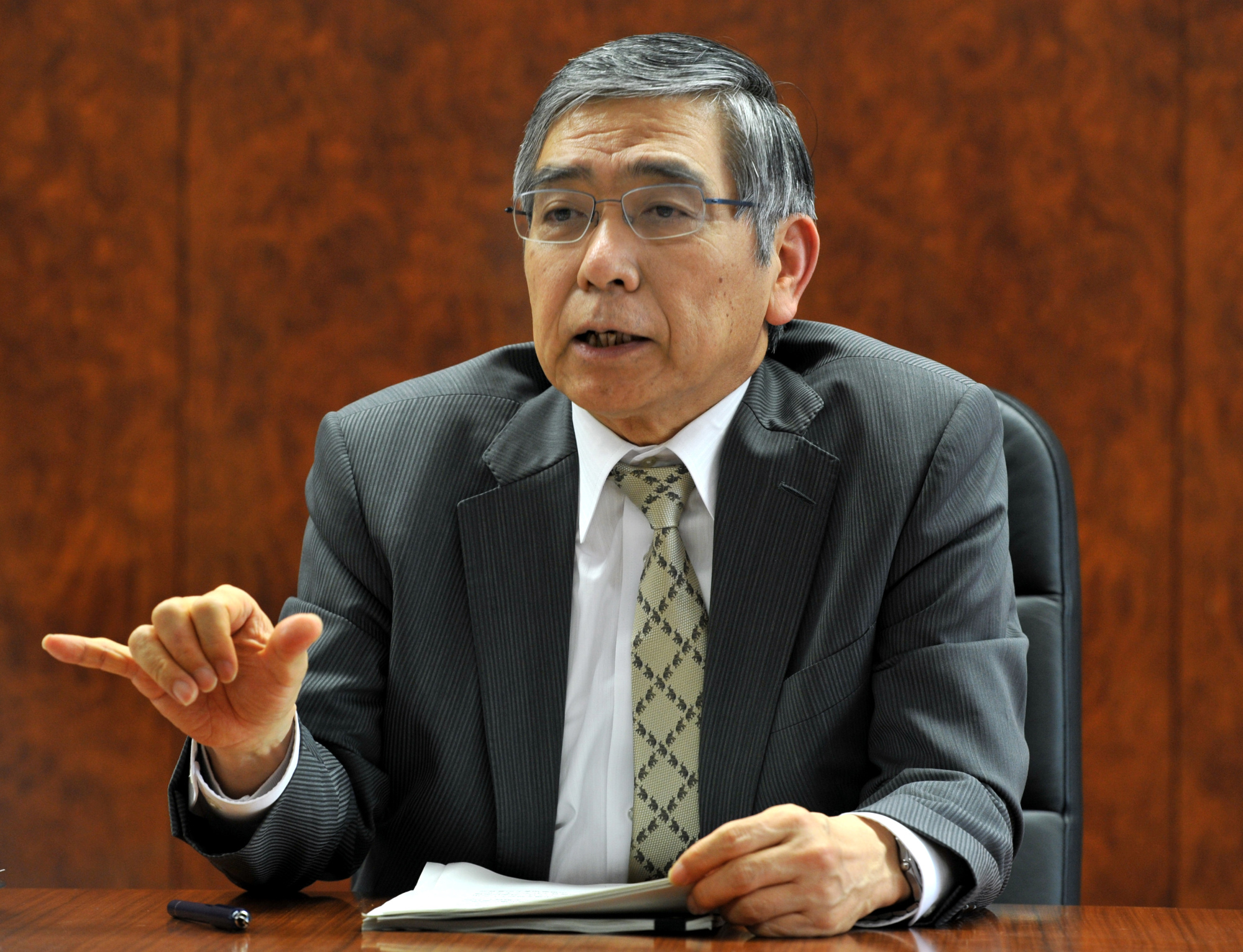The Bank of Japan introduced a 10-year yield peg at around zero percent last September together with an existing negative short-term interest rate (minus 0.1 percent). This yield curve control was essentially opposite to Operation Twist used by the U.S. Federal Reserve. Notwithstanding the de facto tightening of monetary easing, the markets reacted to it positively with a shift toward short positions in the yen and long positions in stock prices.
Under the yield curve control, the BOJ officially abandoned the guideline for the average remaining maturity of Japanese government bond (JGB) purchases, which used to be in the target range of around seven to 12 years. This guideline had been intended to prioritize exerting downward pressure on longer-term bonds because of greater monetary accommodation generated through flattening the yield curve. Since the BOJ also announced its projection that an annual JGB purchase of around ¥80 trillion would be maintained, yield curve control has implied less JGBs purchases on longer-term yields and more JGBs purchases on shorter-term yields.
The yield curve control steepens the yield curve and is in contrast with the two Operation Twists adopted by the Federal Reserve to put downward pressure on long-term interest rates to stimulate the economy — one at the initiative of U.S. President John F. Kennedy in 1961 under the Bretton Woods System and another initiated under Fed Chairman Ben Bernanke in 2011-2012 under the Maturity Extension Program. The former was to purchase Treasury securities with maturities of five years or longer, while maintaining a short-term interest rate (thus interest differentials vis-a-vis higher-yielding Europe) to prevent an outflow of gold to Europe. The latter was to sell or redeem Treasury securities with remaining maturities of about three years or less and use the proceeds to buy Treasury securities with remaining maturities of six to 30 years.
















With your current subscription plan you can comment on stories. However, before writing your first comment, please create a display name in the Profile section of your subscriber account page.